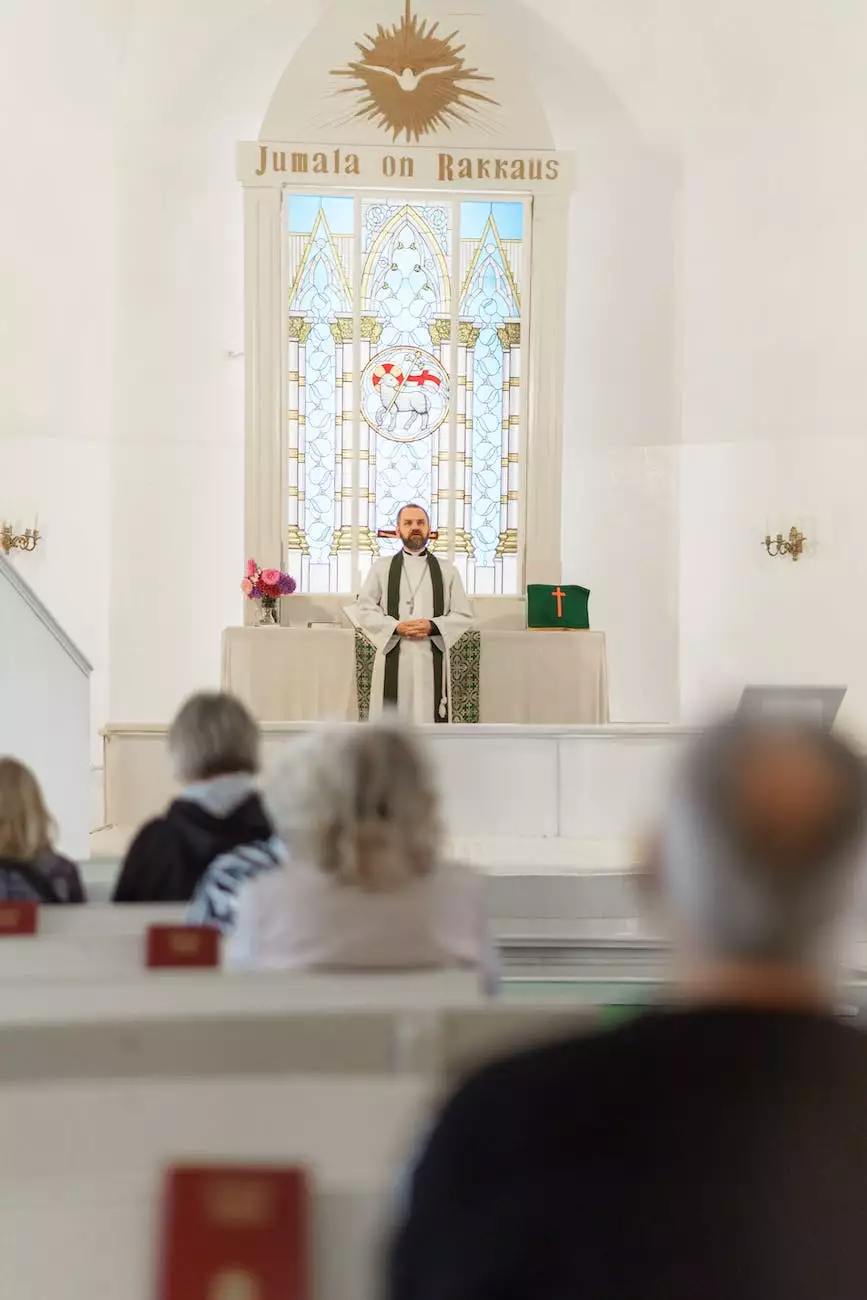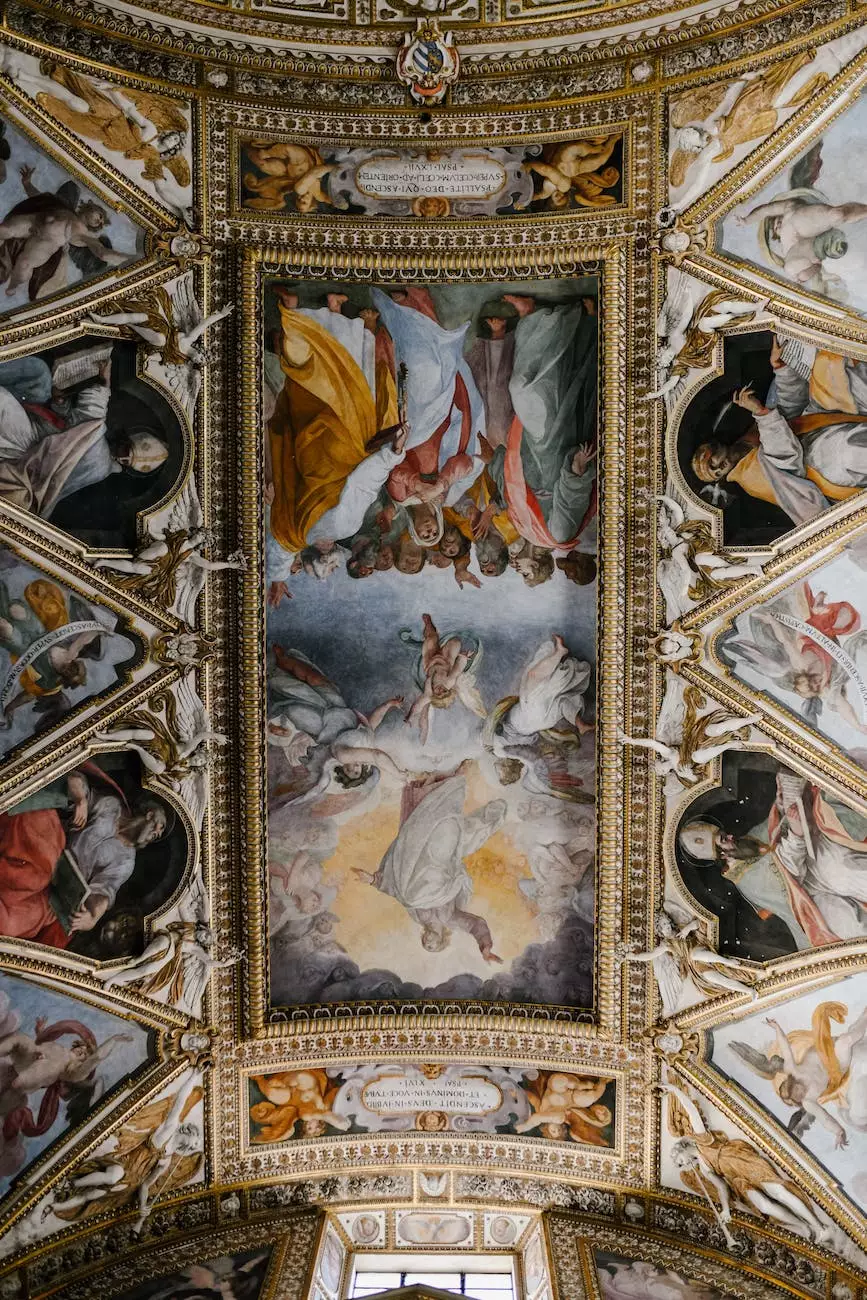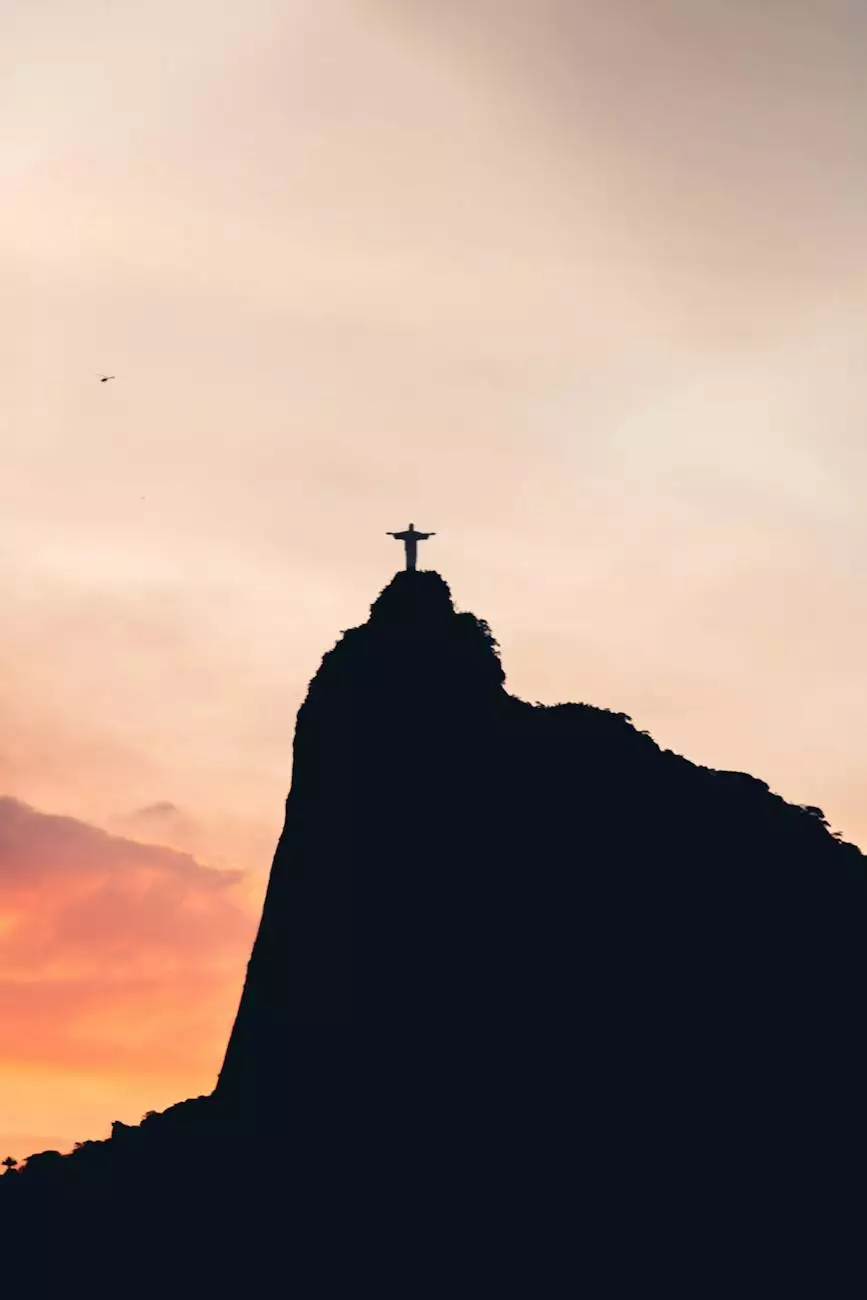The History and Parts of the Latin Mass
History of the Catholic Church
Welcome to Solutions Eighty Seven's free Catholic video course on the history and parts of the Latin Mass. In this comprehensive course, we will guide you through the centuries-old tradition and sacred components of the Latin Mass. Join us on this enlightening journey to gain a deeper understanding and appreciation for this timeless form of worship.
Introduction
The Latin Mass, also known as the Tridentine Mass, is a solemn form of liturgy that has been celebrated in the Catholic Church for centuries. With its roots dating back to the early Christian era, the Latin Mass is known for its reverence, beauty, and deep connection to the traditions of the Church.
The Historical Significance
To truly grasp the essence of the Latin Mass, it is essential to explore its historical context. The Latin Mass originated in the Roman Rite and developed over time into a standardized form of worship. It played a prominent role in the liturgical practices of the Catholic Church until the reforms of the Second Vatican Council in the 1960s.
Before the reforms, the Latin Mass was celebrated exclusively in Latin, the language of the Roman Empire and the Church. This universal language helped unify Catholics around the world and transcended cultural and linguistic barriers. The Latin Mass served as a powerful symbol of unity and continuity throughout the centuries.
Additionally, the Latin Mass is intimately connected with many saints and renowned figures in Church history. Popes, bishops, and clergy have celebrated this ancient form of worship, leaving a profound impact on the development of Catholic spirituality and devotional practices.
Parts of the Latin Mass
The Latin Mass consists of various parts, each contributing to its unique and sacred character. Let us explore some of the essential components of the Latin Mass:
1. Introductory Rites
The Latin Mass begins with the introductory rites, which include the Sign of the Cross, the Prayers at the Foot of the Altar, and the Penitential Act. These rites prepare the faithful for the sacred liturgy and set the tone for worship.
2. Liturgy of the Word
The Liturgy of the Word in the Latin Mass revolves around the reading and proclamation of the Scriptures. The faithful are nourished by the Word of God through the reading of the Epistle and Gospel, followed by a sermon or homily that enlightens and instructs.
3. Liturgy of the Eucharist
The centerpiece of the Latin Mass is the Liturgy of the Eucharist, where the bread and wine transform into the body and blood of Christ. This profound moment of transubstantiation is accompanied by various prayers, including the Offertory, the Canon of the Mass, and the Eucharistic Prayer.
4. Communion Rite
The Communion Rite in the Latin Mass allows the faithful to partake in the body and blood of Christ. The faithful receive Holy Communion in a reverent manner, with deep devotion and gratitude.
5. Concluding Rites
The Latin Mass concludes with the concluding rites, which include the final blessing and dismissal. The faithful are sent forth to live out their faith in the world, carrying the grace and blessings received during the Mass.
Appreciating the Latin Mass
The Latin Mass continues to be celebrated today in various places around the world. While it may not be as widespread as it once was, its beauty and solemnity still captivate those who experience it. The Latin Mass offers a unique opportunity for deep contemplation, connecting with the rich heritage of the Catholic Church.
At Solutions Eighty Seven, we are passionate about preserving and promoting the traditions of the Latin Mass. Our free Catholic video course serves as a valuable resource for Catholics and individuals interested in the history and profound spirituality of this ancient form of worship.
Conclusion
Join Solutions Eighty Seven on an enriching journey as we delve into the history and parts of the Latin Mass. Through our free Catholic video course, you will gain insights into the fascinating historical context, the intricate parts of the Latin Mass, and the timeless beauty that continues to inspire devout Catholics worldwide. Immerse yourself in the rich heritage of the Catholic Church and experience the transformative power of the Latin Mass.




